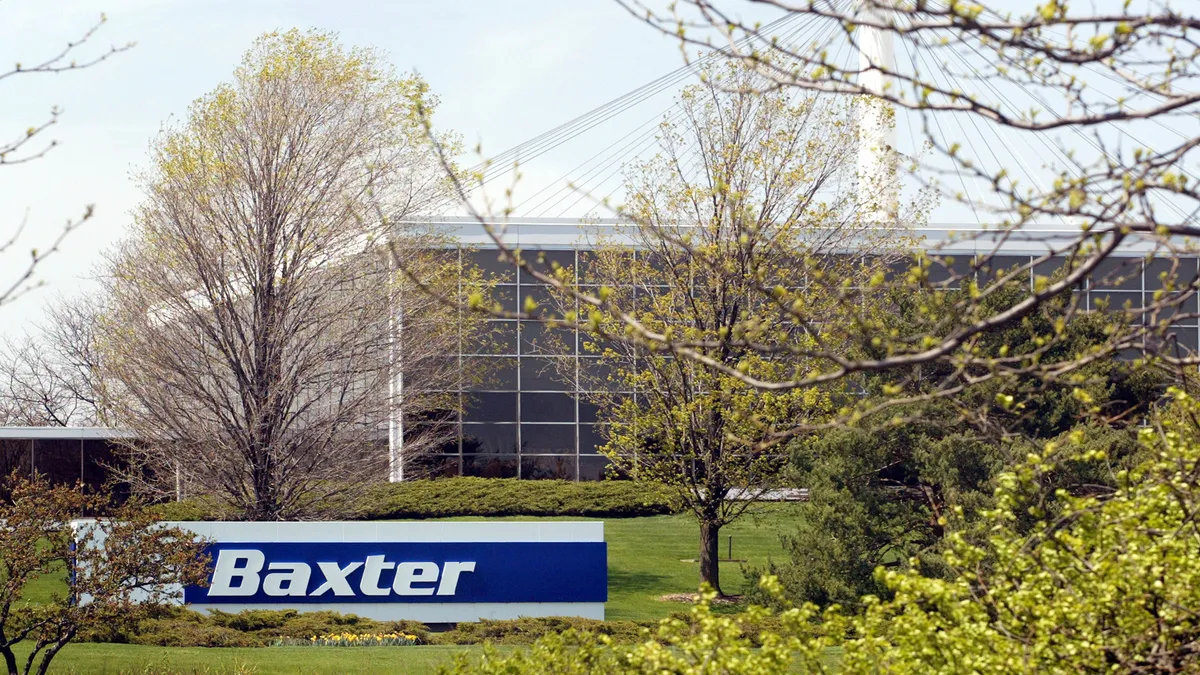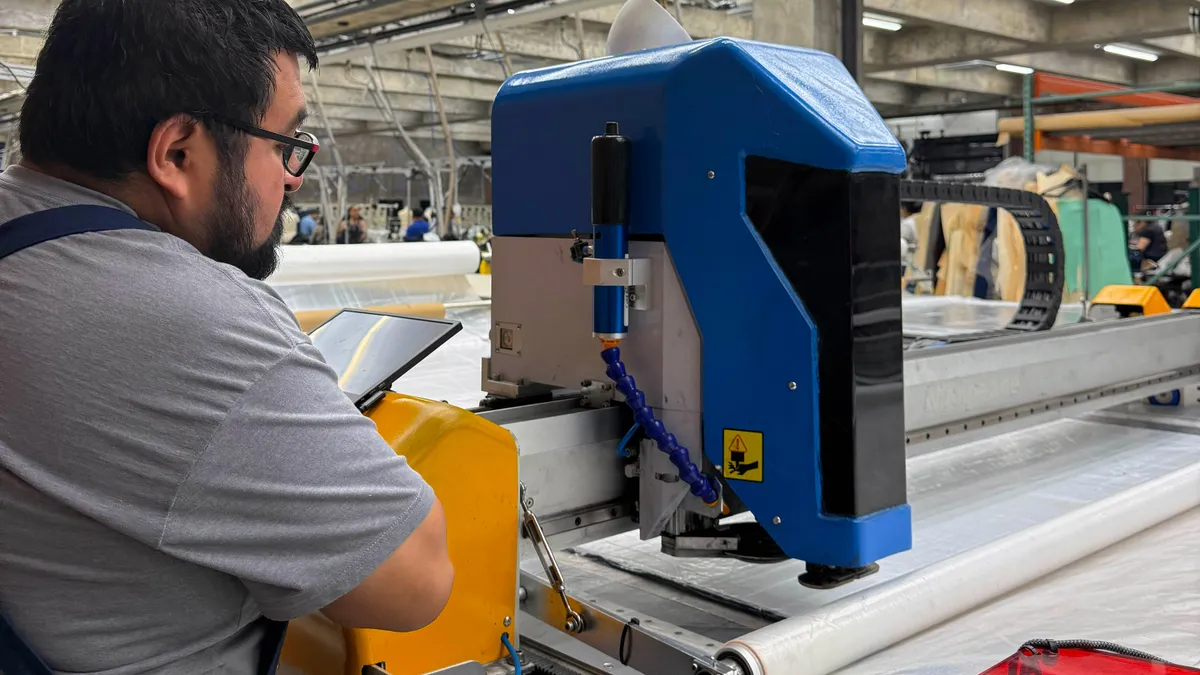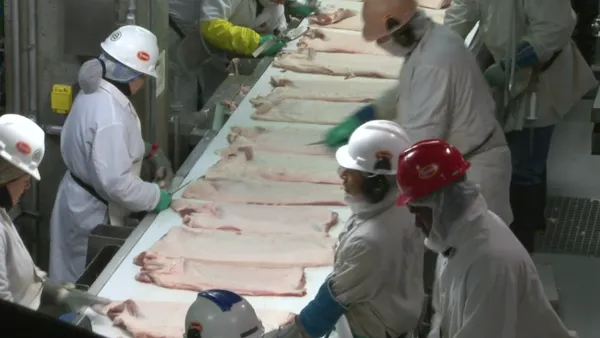Dive Brief:
- Medical device manufacturer Baxter Healthcare will close its plant in Opelika, Alabama, this month, impacting 459 workers, according to a state Worker Adjustment and Retraining Notification Act post in September.
- The Baxter International subsidiary, which makes dialyzers for dialysis treatment at its Opelika plant, announced the closure in July, according to a City of Opelika press release.
- CEO Joe Almeida noted in a Q3 earnings call he expects the company’s bottom line to improve next year thanks to cost cuts. “We continue to have cost reductions in our manufacturing facilities,” the CEO said.
Dive Insight:
Baxter will continue production through November and the last employees will remain through January of next year, according to the city’s press release.
The company’s leadership emphasized to Opelika officials “that this outcome is not a reflection on the quality employees and business climate in Opelika, but was brought on by global market conditions that have impacted demand and overseas competition.”
Baxter International purchased the Opelika plant in 2012 and completed a $252 million facility expansion in 2017 that more than doubled its size. The overall capital investment of the plant exceeded $400 million, city officials said in the July 2023 release.
Word of the closure came on the heels of Baxter International’s announcement in February that it would cut less than 5% of its global workforce, or about 3,000 jobs, as it looks to save $300 million in costs this year through multiple reduction strategies.
The company said at the time its financial woes were due to increased cost of sales resulting from elevated inventory costs in the second half of 2022 amid high inflation.
As part of its cost cutting measures, Baxter reduced its nine business segments to four global vertically integrated business segments, including medical products and therapies, healthcare systems and technologies, pharmaceuticals and kidney care. Q3 2023 was the first quarter in which the medical device maker operated under the new model.
”Each segment now has global profit and loss accountability, dedicated commercial operations, and fully aligned research and development, manufacturing, supply chain and functional support teams,” Almeida said. “This reorganization is already creating meaningful advantages in helping us set priorities, build alignment and operationalize our strategy.”













